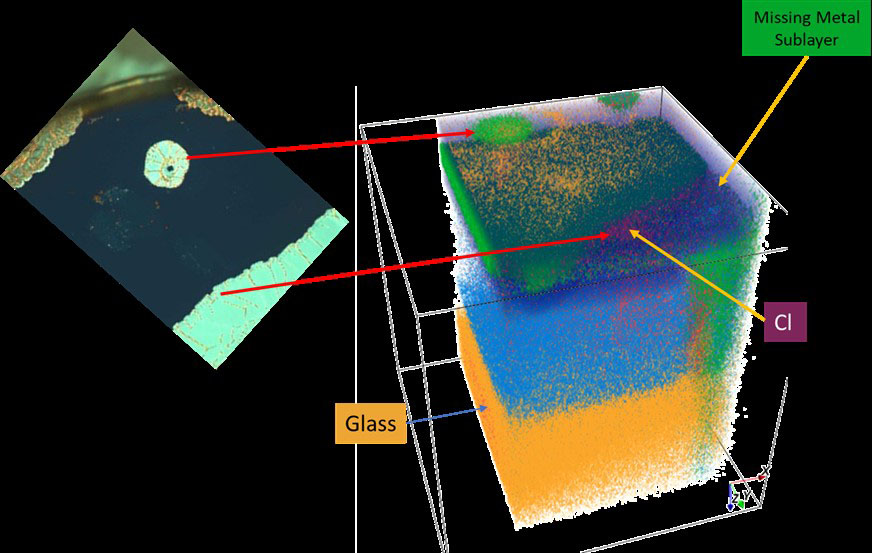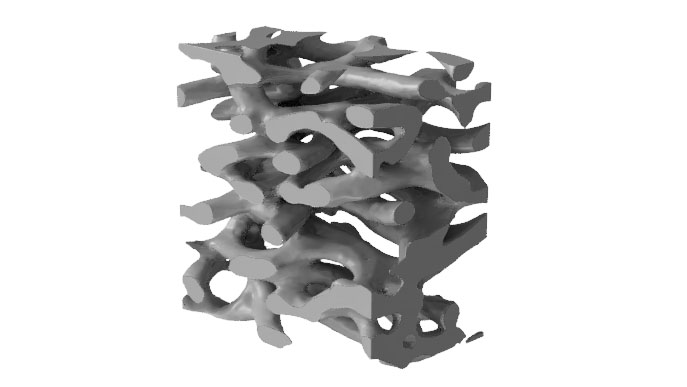Understanding the formation and evolution of ice in astrophysical environments can provide information about the physical conditions encountered in space and the chemical similarities and differences between planetary and stellar systems. At the AVS 66th International Symposium and Exhibition, Edith Fayolle, an astrochemist at NASA’s Jet Propulsion Laboratory, will talk about how scientists are trying to understand properties of ice on astrophysical bodies, such as its formation, composition and sublimation — the process by which ice transitions directly into gas, without being in its liquid phase in between.




